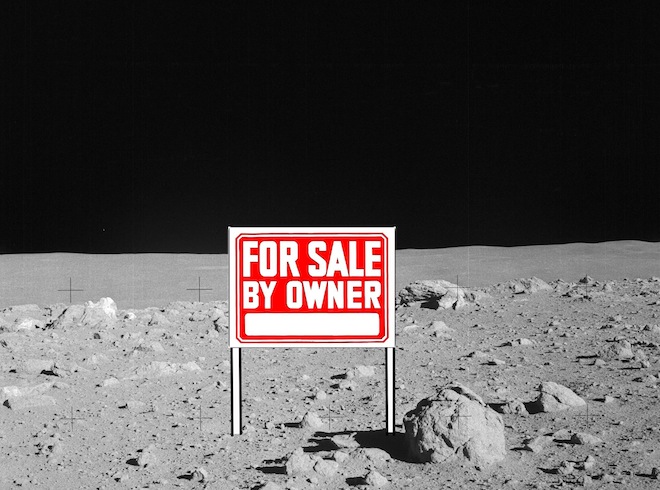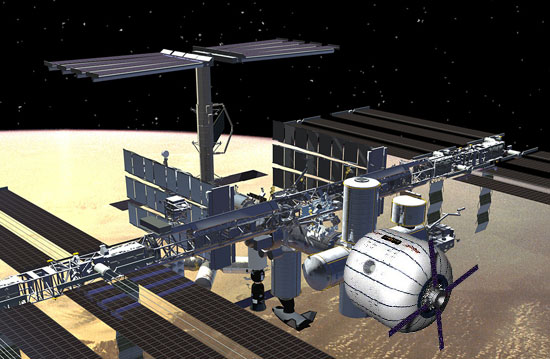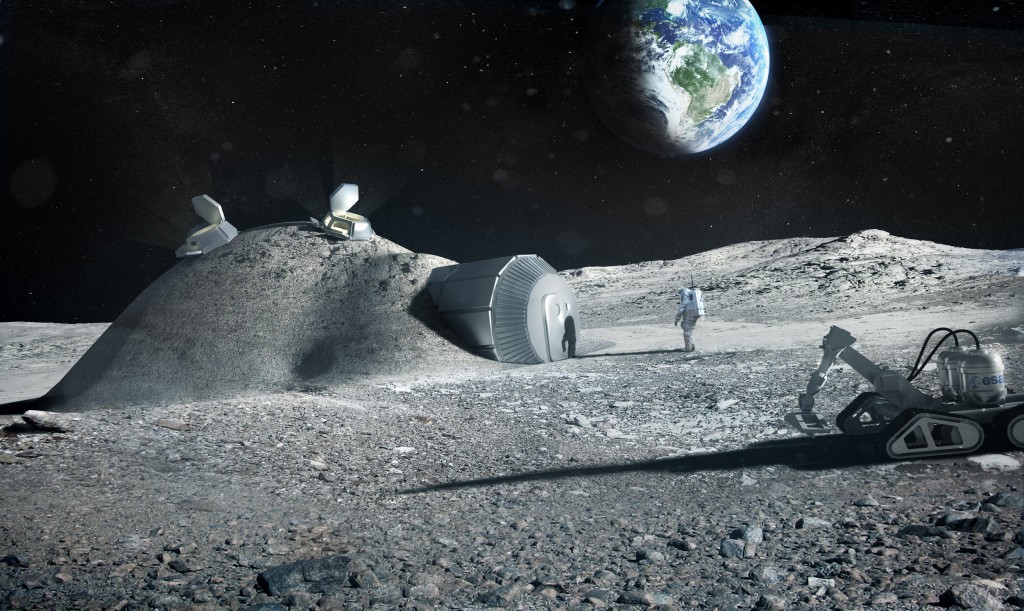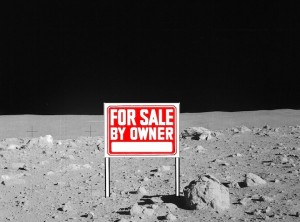November 18, 2013 – In 1967 the United States, United Kingdom and Soviet Union created a charter to define the laws governing sovereignty in outer space. In the heat of the race to put a human crew on the Moon and at the height of the Cold War, the major concern was about establishing weapons platforms in space that could target nations here on Earth. Many of those early James Bond movies remind us of that period of time when we fantasized about the threat of weapons fired from space. Both the Soviets and Americans had military objectives to place human-occupied military platforms in orbit. But as the Cold War rhetoric and confrontation receded so did these programs.
But the Outer Space Treaty stressed that the “use of outer space should be carried on for the benefit of all peoples irrespective of the degree of their economic or scientific development…..desiring to contribute to broad international co-operation in the scientific as well as the legal aspects of the exploration and use of outer space for peaceful purposes….believing that such co-operation will contribute to the development of mutual understanding and to the strengthening of friendly relations between States and peoples.”
Article II of the Treaty, therefore, made it quite clear that no nation could appropriate any celestial body “by means of use or occupation.”
The Treaty largely modeled after a multinational treaty governing Antarctica, continues to be the standard by which we on Earth operate in space today. In 1983 China became a signatory to it, an important addition considering the ambitious program that country has announced with an ultimate goal to send taikonauts to the Moon and Mars in the coming decades, establishing a permanent colony on the former, and exploring the latter.
Which brings us to the question of commercial space operations and their counterclaims to ownership and operations in space. In a previous posting I wrote about the new space race, no longer involving just nations but also private companies. Planetary Resources has plans to mine asteroids for rare minerals and to build space infrastructure. NASA plans to capture an asteroid and tow it to a LaGrange Point in near Deep Space for study and practice with ambitions to send missions to Deeper Space. And companies like Bigelow Aerospace are in the throws of demonstrating space bubble accommodations with plans for hotels in orbit.
In the last week Robert Bigelow, founder of Bigelow Aerospace, has questioned the language of the 1967 treaty suggesting that in the light of the end of the Cold War, it be revised to reflect a new reality, the emergence of private enterprise in space. Bigelow envisions a Moon with operating mines engaged in extracting H3 and other resources scarce here on Earth. Bigelow, however, doesn’t want to be in the mining business. He is the hotel business and is the owner of Budget Suites, an American chain. So what he wants is to house and accommodate lunar miners in bubble domes of his creation modeled after his prototype Genesis I and II and the new habitat that will be deployed by NASA (see image below) as a module on the International Space Station in 2015.
It is interesting that the 1967 Treaty only prohibited declarations of national sovereignty over celestial objects in outer space. But it nowhere specifically stated that individuals could not own private property in space. I guess this was an oversight because the cost of getting into space was so prohibitive none of the Treaty signatories envisioned private enterprise ever getting involved without national backing.
But in 1979 a second treaty specifically governing the Moon did outlaw private property rights in space. The United States, however, was not a signatory. The lunar treaty attempted to establish a universal principle on ownership of any celestial body stating the the “Moon shall be the province of all mankind and shall be carried out for the benefit and int the interests of all countries, irrespective of their degree of economic or scientific development.” It appears that this latter treaty saw the Moon as a scientific preserve very much like Antarctica, to remain unexploited. But with the Americans non-participants in the lunar treaty Bigelow hopes that he and others may be able to establish title to property on the Moon and on other extraterrestrial bodies.
Bigelow has a point. The cost of putting payloads in low-Earth orbit is dropping as more private companies enter the space business. And the emergence of 3D printing presents a positively disruptive change to how we can build in space, making it possible to use materials we find there to create space infrastructure. The image below comes from the European Space Agency and is an artist’s rendering of an early lunar habitat concept entirely constructed using 3D printing technology. ESA states it has a printer that can construct a building at a rate of 2 meters (about 6.5 feet) per hour today with its next generation of 3D printers increasing output to 3.5 meters (11.5 feet) per hour allowing for complete construction of a habitat in a week.
So what is needed is a rethinking of ownership in outer space as suggested by the not-for-profit organization, The Space Settlement Institute, which argues that private ownership should be allowed to encourage settlement on the Moon and elsewhere in space. Ownership has always been a powerful driver for humans and it will considerably influence our activity in outer space as the rest of the 21st century unfolds.




















Gold is presently trading on Earth for about $20,000 per pound. Supposing the Lunar surface were 90% gold dust and it only cost $1,000,000 per pound to go get it, most commercial enterprises would soon lose interest in losses of $980,000 per pound of gold obtained from the moon. Private money is never going to develop H3 fusion reactors, so the market for H3 doesn’t actually exist, and probably never will.
Issues of sovereignty are ultimately related to military security or economics. Baring some fundamental breakthrough in costs of space transportation, it’s hard to see how space treaties between earthly sovereigns could make much difference one way or another. It’s highly doubtful that asteroid minerals would ever be worth on earth the costs of retrieval. The principle value of asteroid minerals is related to the fact that they are already outside Earth’s deep gravity well, not applications on the Earth’s surface. No nation should be thinking about space habitats unless it has robotic technology that allows construction in space from asteroid materials. No nation with space capabilities supposes it can commit encroachments or hostile acts against another nation’s space-based assets without serious repercussions here on earth. Except as perverse revenue streams for space lawyers and parasitic UN bureaucrats, space treaties defining terms of sovereignty seem pointless.
[…] the Soviet Union and the USA, the difficulty of protecting area demilitarized was agreed to in a United Nations charter that outlined sovereignty amongst different points. The excessive floor of outer area, acknowledged […]